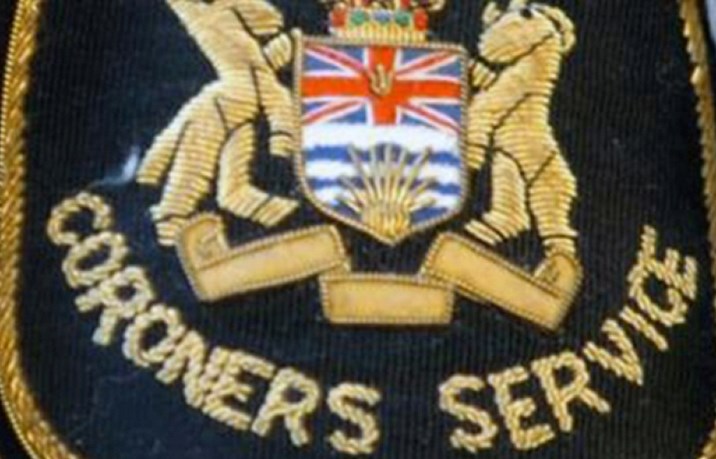The number of illicit drug overdoses in Coquitlam continues to climb, prompting one recovery house administrator to call the situation a “crisis.”
Rob Thiessen said no one has died of a drug overdose in the houses he manages for the Hope for Freedom Society (HFFS). But he said he has heard from emergency responders that fentanyl has entered the local drug supply, causing “hundreds” of overdoses.
Many OD victims survive only because they were given naloxone, which blocks or reverses the effects of an opioid. But many have died according to the latest numbers compiled by the BC Coroners Service.
In a report published last week, the coroner’s office stated that by the end of August this year, 18 people had died in Coquitlam of an illicit drug overdose — compared to 13 in all of 2016 and just two 10 years ago, in 2007.
Numbers started escalating in 2014, when 10 people died of illicit drug overdoses.
“That statistic is horrifying to me and that’s the tip of the iceberg,” Thiessen. Not only are the deaths tragic, he said, but some people survive an overdose only to end up life support or “brain dead.”
“That is going to be a significant economic hit,” he said, referring to the costs of a patient being kept in hospital.
Fraser Health said it does not keep statistics on the number of people on life support after being resuscitated from a drug overdose but Thiessen said people surviving a drug overdose only to be incapacitated is an untold story and that needs to be addressed.
“That’s anecdotal from first responders,” Thiessen said. “They brought the same guy back nine times in a two-day period, the ninth time back, he’s toast.”
Thiessen said politics are keeping authorities from tracking non-lethal OD numbers.
“We don’t know what happened to them after. We don’t have the ability to track that, we haven’t been tracking it. It’s such a crisis out there.”
A spokesperson for the BC Coroner’s Office said the illicit drug overdose stats were broken down by city because the agency wanted to put a human face to the numbers.
“This is affecting people from all walks of life,” Andy Watson said.
The numbers from Port Moody and Port Coquitlam were not broken out but were among the 242 included in the “other township” grouping.
The report doesn’t break down the specifics of drug, location of death or ages for each city, but generalizes for the entire province. The information can be extrapolated for Coquitlam; some of the details are as follows:
• Over 80% (823) of the suspected illicit drug deaths to date in 2017 had fentanyl detected, representing an increase of 151% over the same period in 2016. In most cases, fentanyl was combined with other illicit drugs, most often cocaine, heroin or methamphetamines.
• Almost three out of every four deaths involved people between the ages of 30 and 59 years.
• Four out of five who died were male.
• Nine out of every 10 deaths occurred indoors, including more than half in private residences.
• And no deaths occurred at any supervised consumption site or at any of the drug overdose prevention sites.
"It's heartbreaking to see the continued high numbers of deaths throughout the province despite the numerous initiatives and harm-reduction measures in place," chief coroner Lisa Lapointe said in a press release. "This highlights the complexities of drug dependency and illicit drug use, and the importance of a co-ordinated, health-focused approach to this medical issue.
"We also need people to know that no illicit substance in this province can be considered safe, whether you know your dealer or not. Anyone using an illicit substance must be prepared for an adverse effect and must have someone else present who is willing and able to help."
Illicit drug overdose deaths in Coquitlam
2007 — 2
2008 — 2
2009 — 5
2010 — 2
2011 — 3
2012 — 6
2013 — 1
2014 — 10
2015 — 11
2016 — 13
2017 — 18



